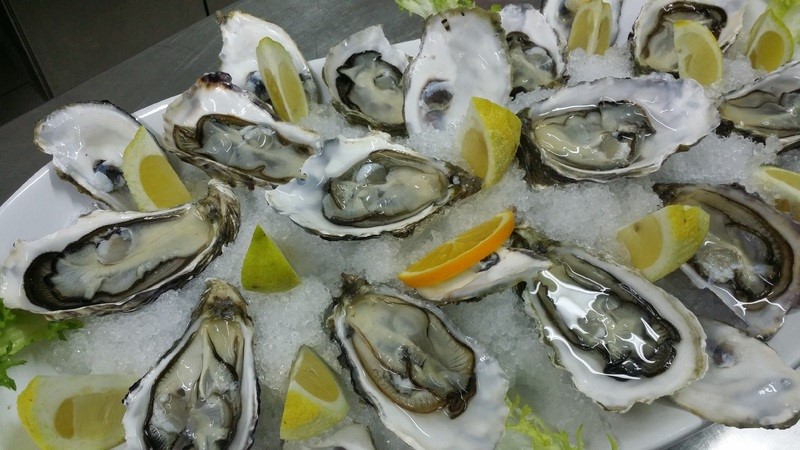We’ve all heard the advice: Only eat oysters in months ending in “r.” When the temperature of the waters of the Pacific Northwest, Atlantic Coast and the Gulf of Mexico rise, so does the risk of spreading a foodborne illness from a pathogen known as vibriosis. Vibriosis poisoning can cause vomiting, diarrhea and other stomach ailments in most cases. Many times the illness is labeled as minor, if you call spending extra time in the restroom minor, but certain people may be more susceptible to vibriosis and the effects of consuming contaminated oysters, mussels and clams could be deadly. Does this mean that certified food protection managers should pull all mollusks off of their menus as the weather turns warmer?

Can Certified Food Protection Managers Serve Oysters in the Summer?
The most common vehicle for vibriosis poisoning is oysters, but mussels and clams can also be culprits, although rarely. Why is that?
Quite simply, mussels and clams are almost always cooked while oysters are commonly served raw on the half shell or in oyster shots. The method of preparation is no coincidence. The pathogen that causes a vibrio infection can be killed by heat, meaning that cooking shellfish completely greatly reduces the risk of exposure.
While we don’t recommend serving raw or undercooked oysters in warmer months, that doesn’t mean this sought after shellfish must vacate menus completely. Oysters can be grilled, sautéed or cooked on the half shell. If you have a clientele that will demand oysters all year long, a talented certified food manager can devise ways to keep molluscan shellfish on the menu without serving them raw.
If you serve mollusks any time of the year, make sure you discuss the water conditions with your suppliers every time you order. Some shellfish farms may experience shortages due to incredibly hot water conditions, pollution or other contaminates in the water. Also keep a close eye on the FDA’s recalls, advisories and outbreaks list.
Finally, certified food protection managers should check the source label that should come with every shipment of molluscan shellfish. If this tag or label is missing, you must not accept delivery. Keep this tag or label for at least 90 days after they were sold or served.
Note: Shellfish cooked before shipment are exempt.
Do you keep mollusks on your menu all year long?



One Reply to “Certified Food Protection Manager And Awesome Summer Ideas For Mollusks”